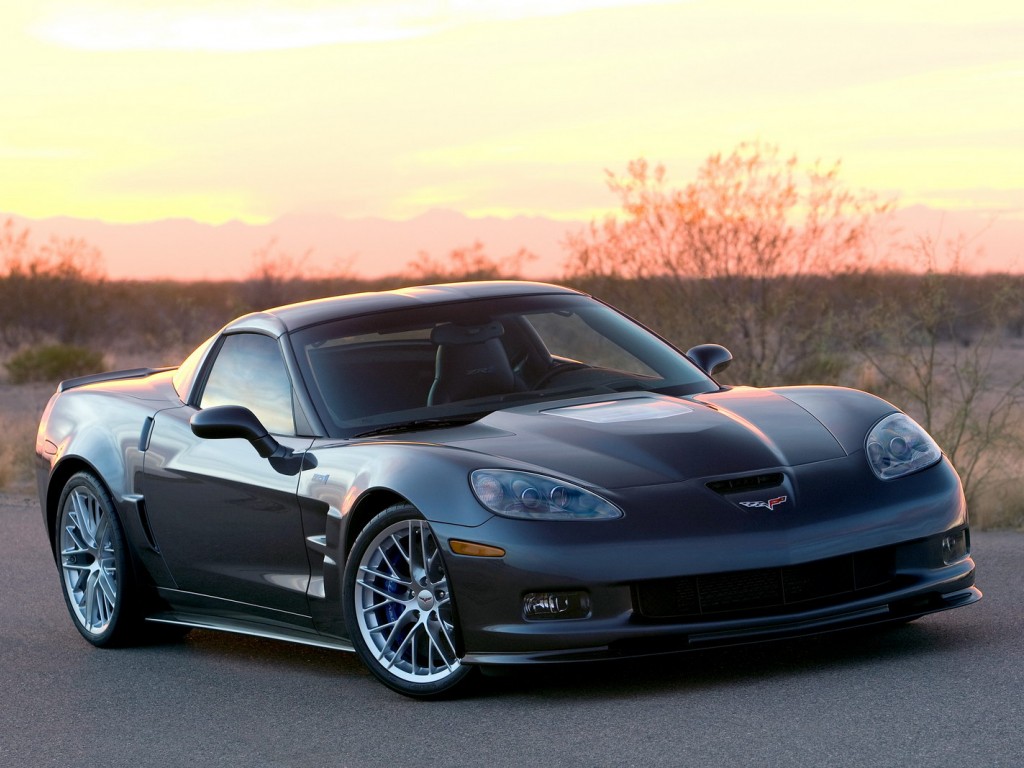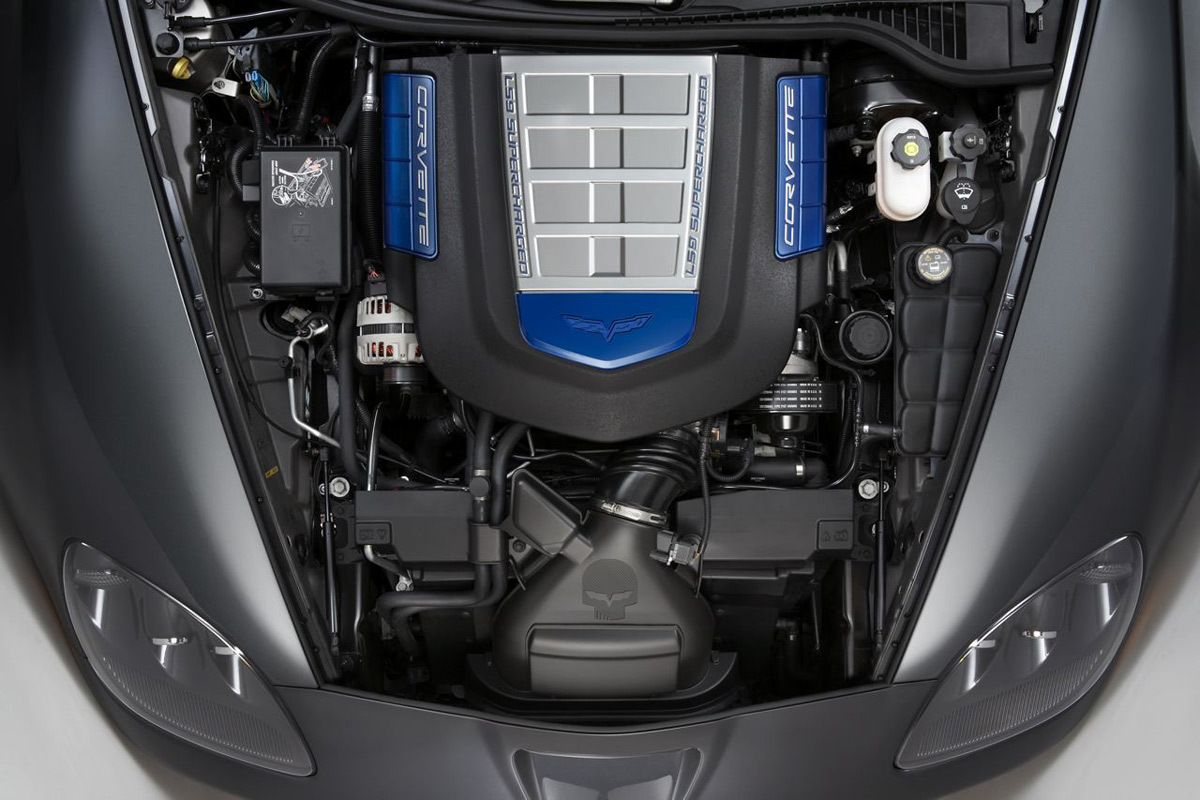

Chevy Corvette History The Chevrolet Corvette is a sports car manufactured in six generations by General Motors (GM) since 1953. At the time of its introduction it was America's only two-seat car, and for decades was unchallenged as the premium domestic sports car of its day. The first Corvette was designed by Harley Earl and named by Myron Scott after the fast ship of the same name. Originally built in Flint, Michigan and St. Louis, Missouri, it is currently built at a General Motors assembly plant in Bowling Green, Kentucky. The National Corvette Museum and annual National Corvette Homecoming, also located in Bowling Green, celebrate the car's history. The generations produced so far, sometimes referred to as C1 (the first) through C6 (the current one), each have various versions with differing features; for example, C6 includes the ZR1, which has the most powerful engine used in a production Corvette to date. Over the years, versions of the car have won awards from magazines such as Motor Trend and Car and Driver and from organizations like the Society of Automotive Engineers, and have been used from time to time as pace cars for the long-running Indianapolis 500 race since 1978. While sold under the Chevrolet marque in the United States and other locations in the world, it is sold under its own Corvette marque in Europe and Japan. The car is built in coupé and convertible versions; the possibility of a sedan version has also been considered by GM executives. Today The Corvette variant now officially known as the ZR1 was first reported by several print and online publications who were speculating that Chevrolet was developing a super high performance production version of the Corvette and were internally calling it "Blue Devil" (named after GM CEO Rick Wagoner's alma mater, Duke University). Wagoner is quoted as saying, "I wonder what they can do for 100,000 dollars?" during a GM board meeting speaking about Chevrolet designers. The production version debuted at the 2008 North American International Auto Show and will be available as a 2009 model. The ZR1 was formally announced in a December 2007 press statement by General Motors, where it was revealed that their target of 100 horsepower/liter (1.64 hp/cu in) has been reached by a new "LS9" engine, an Eaton-supercharged 6.2-liter engine producing a confirmed 638 hp (476 kW) and 604 foot-pounds force (819 N·m) of torque with a sticker price of about US $100,000. The engine is the most powerful engine to be put into a GM production sports car.Top speed is 205 mph (330 km/h). Along with an improved motor, the ZR1 also comes with extensive carbon-fiber body parts, including (but not limited to) wider fenders, the hood, roof panel, roof bow, front fascia splitter and rocker moldings. However, the car is heavier and more front weight biased than the Z06 because of the supercharger, with a weight distribution of 52% at the front and 48% at the rear. Tires were also increased in diameter and width, along with bigger and stronger brakes, adjustable suspension, and optional chrome wheels and a premium interior package. Spy photos from recent hot laps at Mazda Raceway Laguna Seca, following the 2007 American Le Mans Series final race, show the ZR1 to have carbon-ceramic brakes, extensive carbon fiber (front quarterpanels, A- and B- pillars, as well as the roof and possibly other body panels), and a full-width rear lip spoiler.
Chevy Corvette ZR1 Engine
Chevy Corvette ZR1 interior
|
|---|


